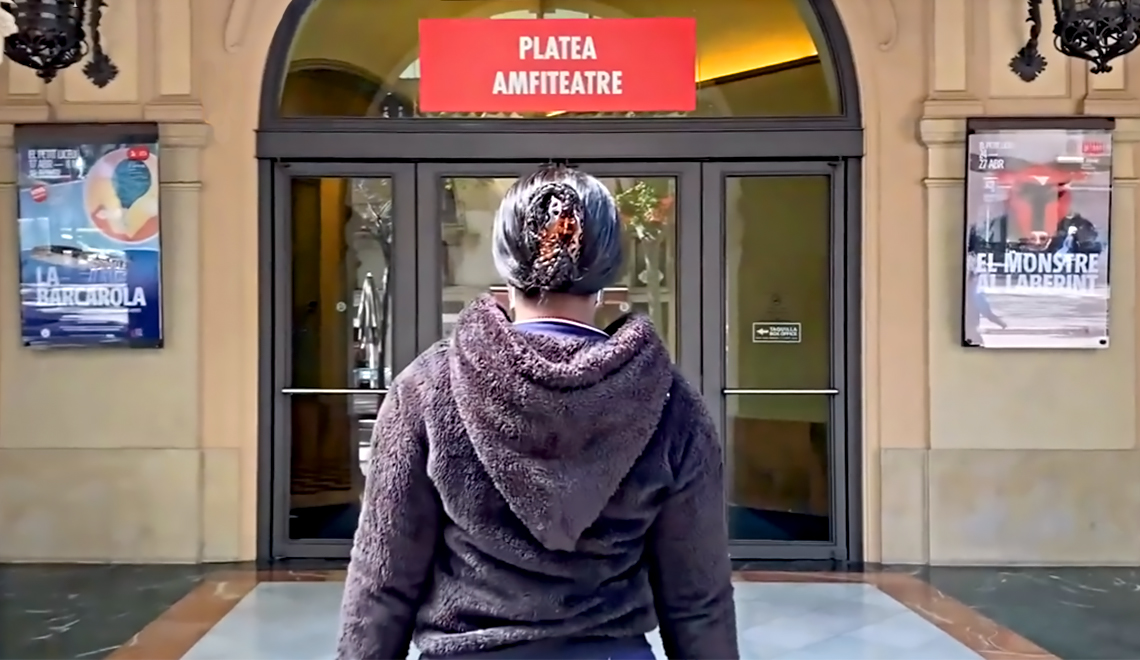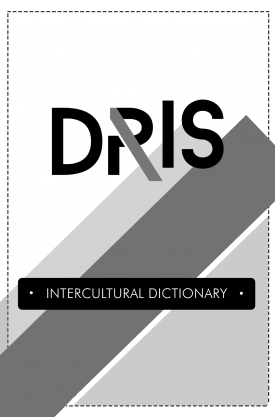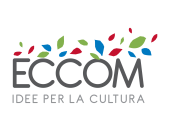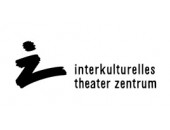
ARTIS (Art for Social Inclusion) is a cooperation project between France (Occitaine) and Catalonia, led by the Ministry of Culture of the Generalitat de Catalunya, within the framework of the cross-border cooperation programme in the Pyrenees, INTERREG POCTEFA 2014-2020. The project consortium is also integrated by the Agència Catalana del Patrimoni Cultural, L’Auditori, Museu Nacional d’Art de Catalunya, Conseil Départemental des Pyrénées Orientales, Musée d’Art Hyacinthe Rigaud and the Orchestre National du Capitole de Toulouse.
The general objective of the project is to respond to the challenges of inclusion and accessibility of cultural spaces and facilities in the cross-border territory, in order to support social cohesion practices and thus increase citizen participation (especially of communities at risk of socio-cultural exclusion) in culture. To this end, ARTIS has developed a joint work methodology to strengthen and increase the access and participation of the most vulnerable people.
In this research-action process, ARTIS has had the support of Interarts in the development of intervention methodologies and roadmaps to promote transversal instruments for self-assessment and to improve enhance accessibility and inclusion. This collaboration has led to the following reports produced between March and October 2021:
- State of the art
Research and identification of the initiatives and good practices (State of the art) developed by each facility/territory, based on the contributions of the project partners and the mapping of other relevant initiatives in both territories.
- Cross-border work plan
Methodology for a Cross-border Work Plan between the partners with the aim of designing common accessibility and inclusion programmes, as a result of the previous analysis.
Among the main findings of this process, it is worth highlighting the need: to value social cohesion and integration processes for vulnerable communities (not only in their teamwork, but also in their programming); and to ensure space for diverse artistic creation (artist-mediators as main actors), understanding that the acceptance/understanding and integration of diversity, at all levels, improves the representativeness of the facilities, appealing directly to diverse collectives, essential drivers of mutual exchange and enrichment. Furthermore, if the work carried out by community culture collectives in both territories has taught us anything, it is the way in which they have built bonds with the world they are surrounded by, very often with people at severe risk of social exclusion. Working from the periphery of culture, from the margins, from resilience, could be inspiring in terms of the ethics behind the work processes, and in terms of potentially applicable methodologies, based on processes that extend over time (long-lasting processes versus one-time activity).
In line with the principles of cultural democracy, it is crucial to listen to and meet the concerns of civil society, as well as to fully grasp the current trends within their territories in order to take advantage of the synergies and thus create more sustainable and stronger relationships: to co-create from the heart of cultural rights for all.
The full report will soon be available on the project website.
Source: Interarts





